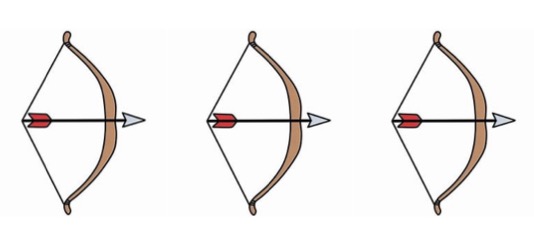Will the Arrows Come Flying Once Again?
June 25, 2024 | The great cable cowboy, John Malone, once famously said:
“We lost no major ground by waiting to invest. Unfortunately, pioneers in cable technology often have arrows in their back.”
He made this comment during his tenure as the CEO of the cable company TCI. In many of his business ventures Malone built a reputation for moving slowly on technology upgrades, only leaning into such a capital spend if there was a clear path to grow revenue. While such a measured strategy has often resulted in tremendous success (note: TCI was bought by AT&T in 1999 for $48B), one has to wonder if that time has passed and a proactive pivot is needed.
Telecom players have clearly woken up to the need for fiber. The strategy is very simple: where telcos have fiber, net broadband adds are positive. Where telcos still have copper, net broadband adds are negative. Evidence of this is the fact that in each of the last nine consecutive quarters, AT&T has lost copper subscribers and gained fiber subscribers.
Cable, which historically has owned two-thirds of the market, has been a bit reluctant to dive into the fray and embrace a fiber-deep infrastructure. The thesis from the cable bulls is it is OK to cede share as long as ARPU (average revenue per user) growth offsets such share loss.
While it is fair to say cable has been drafting off fiber pricing trends (note: AT&T’s fiber ARPU increased 13.5 percent in the past two years), if the rate of these pricing changes slow and rate of cable cos’ share loss increase, cash flow most definitely will be impacted. We may be at this point.
Based on New Street’s estimates, telecom carriers (through both fiber and FWA) have taken nearly 100 percent of the industry’s gross adds for the last several quarters. Charter lost broadband subs in the last two quarters and Comcast has lost broadband subs for the last four consecutive quarters. But both management teams continue to speak to a return to growth. On the Q1’24 Charter earnings call (a company which Malone owns 31 percent of) when an analyst asked how they could be so confident in returning sub growth to the black, Charter’s CEO indicated:
“We have a structural advantage for now and many years to come…. And so I’d sit back and look at that and say, it isn’t a question of ‘if’, it’s just a question of ‘when’. And if some of these short-term pressures pare back, that’s when you’ll start to see it turn.”
‘Short term pressures’ does not seem like the right time phrase to use here. There are a number of catalysts driving the further deployment of fiber by telcos, possibly at a faster rate. These include (but are not limited to): $42B in BEAD funding, greater acceptance of off-balance sheet JVs, wider lens of infrastructure funds to include telco fiber as ‘infrastructure’, and interest rate stability (even possible cuts on the horizon).
In their defense, the cable companies would argue their competitive fiber product is still on the come. Through the deployment of its high split product (which pushes new nodes and amplifiers deeper in the network), it expects to have symmetrical and multi-gig capabilities. Based on the cable companies’ math, the cost to make this network adjustment is significantly less ($100- $200 per home) than the cost for telcos to roll out fiber ($1000+ per home).
The jury is still out here but the question becomes this: if the cable companies make this network change and broadband subs remain in the red, then what?
The irony is not lost on me that it was the telcos who had a history of trying the lower cost upgrade alternative (Uverse anyone?) and then had to keep going back to the drawing board before finally biting the fiber “bullet.”
Time will tell on the outcome but one has to wonder if that famous Malone quote from the 1990s has now come full circle. While a patient capital spend may have been the right strategy for cable then, a new playbook may be in order given the current market dynamics. If not, those “arrows” may come flying once again.

This communication is for information purposes only and should not be construed as investment, legal, audit or tax advice nor as a solicitation, offer, recommendation, or commitment to buy or sell any investment instruments, to effect any transactions, or to conclude any legal act of any kind whatsoever. We make no representation or assurance regarding the accuracy, completeness or suitability of the information in this communication and have no obligation to provide updates or changes. This information should not be used to make any investment decisions.
Please see https://www.mizuhogroup.com/americas/email-disclaimer and https://www.mizuhogroup.com/americas/disclosures for important additional disclosures and terms and conditions relating to this communication and your reliance upon the contents herein.
Our Latest Research
- U.S. 5G Revenues, 2023-2028: How much and where are mobile consumers spending?
- U.S. Mobile Data Forecast, 2023 – 2028: Onward upward
- U.S. Mobile Connections Forecast, 2023-2028: 5G dominance
- U.S. Mobile Network Infrastructure Spending Forecast, 2022-2027: 5G network...
- U.S. Mobile Consumers and 5G: Awareness and Interest
- U.S. Mobile Broadband Use by Time of Day: 2019, 2021, 2022 and 2023
by Graphite Design
